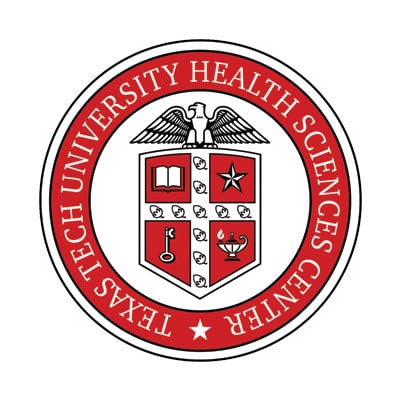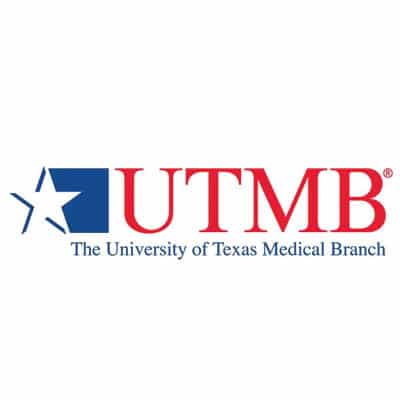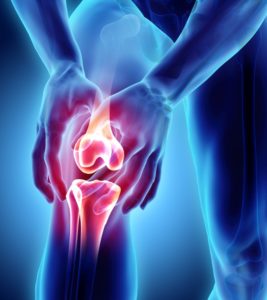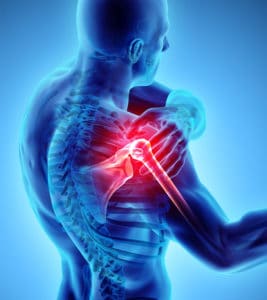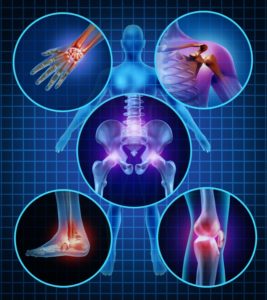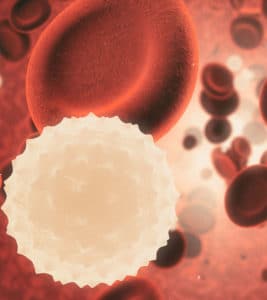Stem Cell Therapy
Blood-Derived Stem Cells
Stem cells act as a repair system for the body, replenishing damaged tissues. Stem cell procedures infuse healthy stem cells into the body to replace damaged or diseased stem cells. Within the bone marrow, stem cells develop into white or red blood cells, helping blood clot. Stem cell procedures may be necessary when bone marrow stops producing stem cells on its own. In the past, stem cells were obtained solely from bone marrow to replenish the body with healthy blood cells following chemotherapy or radiation therapy for cancer. However, stem cells are now often obtained from the umbilical cord of a newborn or from the bloodstream of a patient or donor.
Benefits Of Blood-Derived Stem Cells
Blood-derived stem cells offer several advantages over bone marrow stem cells when they are used for transplants. Using stem cells from peripheral or cord blood, can help the body produce new blood cells at a faster rate than bone marrow stem cells. Blood-derived stem cells are effective in treating a number of conditions, including:
- Leukemia
- Lymphoma
- Sickle cell disease
- Multiple myeloma
- Aplastic anemia
Non-Hodgkin’s and Hodgkin’s lymphoma may also be treated with blood-derived stem cell procedures.
Types Of Blood-Derived Stem Cells
Cord Blood
The blood contained in a newborn’s umbilical cord (cord blood) is rich in blood-forming stem cells. Cord blood is similar to adult bone marrow, making it useful for treating blood disorders and certain cancers. Once a child is born, parents may decide to save or donate the child’s cord blood stem cells so that the stem cells can be used to treat diseases in the future. Cord blood transplants are considered a good option if no volunteer stem cell donor is found.
Peripheral Blood
The same blood-forming cells that are found in bone marrow are also found in the circulating (peripheral) blood within the body. Using stem cells from peripheral blood, can help the body produce new blood cells at a faster rate than bone marrow stem cell procedures. A peripheral blood stem cell procedure involves harvesting stem cells directly from the patient’s bloodstream, or the bloodstream of a donor. Usually, there are only a limited amount of stem cells found in the bloodstream. However, substances called growth factors can be administered prior to the procedure to make stem cells grow at a much faster rate in the blood.
Peripheral blood can be obtained from donors through a procedure called apheresis. This procedure can often be performed at a blood donation center.
The Blood-Derived Stem Cell Procedure
Blood-Derived Stem Cell Donation
Stem cell procedures are typically performed on an outpatient basis. A thin tube, or catheter, is inserted into a large vein of the patient or donor. It is then attached to a tube that will carry the blood that is withdrawn to a special machine. The machine separates the stem cells from the rest of the blood, which is then returned to the body. The process may take several hours, and is repeated until enough stem cells are obtained. The stem cells will then be filtered, stored and frozen until the patient is ready for the transplantation.
Blood-Derived Stem Cell Transplant
Following pre-transplant tests, the patient will undergo a process known as conditioning. The portion of the treatment may require chemotherapy and/or radiation therapy. A few days after the conditioning process has been completed, the actual transplant takes place. The new stem cells are delivered into the bloodstream through a central venous catheter. This technique helps transport the stem cells through the blood into the bone marrow, initiating the formation of new blood cells. No sedation is necessary and the patient is awake during this process. The infusion usually takes several hours to complete. Within several weeks, the patient’s blood count should start to recover and new blood cells will form.
Risks Of Blood-Derived Stem Cell Procedures
Blood-derived stem cell procedures are considered high risk, and may include life-threatening complications. Complications, risks and recovery vary greatly for each individual based on their age, illness, type of transplant and overall health. Complications that may arise after a blood-derived stem cell procedure include:
- Organ injury
- Infertility
- Infection
- Stem cell failure or rejection
- Cataracts
- Increased risk of developing new cancers
After undergoing a blood-derived stem cell procedure, patients are closely monitored by a doctor for several years.



